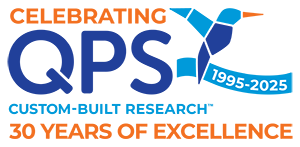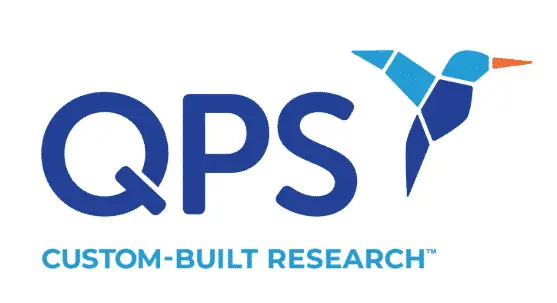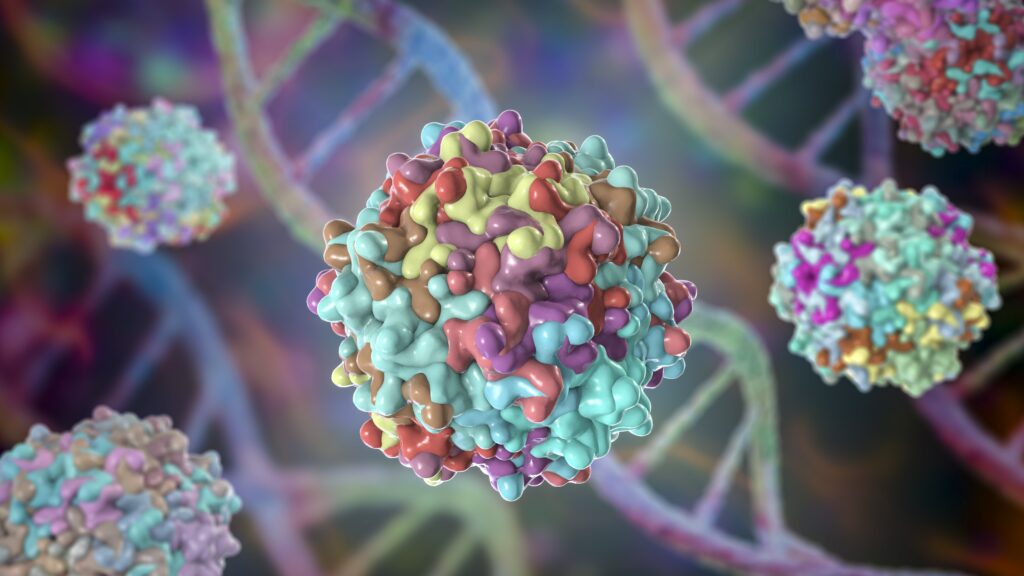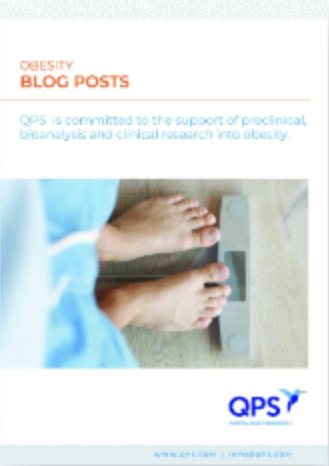Gene therapy continues to emerge as a promising approach in the treatment and prevention of a wide range of disorders and diseases. Central to the success of many gene therapies is the use of vectors. What is a vector in gene therapy? And what are the risks and benefits of using viral or non-viral vectors to deliver gene therapies? Below, we’ll look at the current state of the field when it comes to various vector delivery methods in gene therapy.
What Is a Vector in Gene Therapy?
So, what is a vector in gene therapy? Broadly speaking, in gene therapy, a vector is the vehicle that is used to deliver therapeutic genetic materials to the target cells, tissues, or organs. These vectors fall into one of two categories: viral vectors and non-viral vectors. Viral vectors use modified viruses as the delivery vehicle, while non-viral vectors use physical or chemical methods instead.
Viral Vectors
The first method of delivering therapeutic genetic material involves using a virus as a vector. Viral vectors are viruses that have been genetically manipulated or engineered to carry genetic material into cells through their viral genome. These selected viruses are also modified to prevent them from causing disease in the patient. With these modifications made, the viral vector is then administered either through injection or intravenous infusion. Retroviruses, adenoviruses, adeno-associated viruses (AAVs), and lentiviruses are among the most common viral vectors used in gene therapy.
The first wave of approved gene therapies has largely been dominated by treatments that utilize viral vectors. This is due, in part, to the advantages particular to viral vector delivery systems. These advantages include the following:
- Higher transduction efficiency
- Long-term gene expression
- Ability to be optimized for site-specific chromosomal integration
There are also drawbacks and risks associated with viral vectors in gene therapy. Not only are they expensive, but they also carry a higher risk or higher association with toxicity, immunogenicity, and restricted target cell specificity. Emerging concerns about the risk of liver toxicity and immunogenicity also mean that repeat dosing is not possible with viral vectors.
Non-Viral Vectors
The alternative to using viral vectors in gene therapy is using non-viral vectors. Rather than using a virus as a vector, non-viral vectors instead use physical or chemical methods to deliver genetic material to a patient’s cells, tissues, or organs.
Non-viral vectors in gene therapy have become more widespread because, compared to viral vectors, they offer advantages like the following:
- Relative safety
- Ability to transfer large genes
- Site-specificity
- Non-inflammatory, non-toxic, and non-infectious properties
Currently, Moderna and Generation Bio are working together at the forefront of the movement that seeks to find safer, more effective non-viral vectors in gene therapy. Their collaboration specifically focuses on leveraging Generation Bio’s lipid nanoparticle (LNP) delivery platform. One clear advantage of nucleic acid delivery technology like the LNP delivery platform is the potential for repeated dosing of genetic medicines.
Many other non-viral vector delivery methods are still in the preclinical phase, but research and funding are actively growing. Some non-viral vector technologies from other companies that are currently in the preclinical trial or clinical trial phase include the following:
- A protein-nanoparticle system that relies on endogenous human proteins to deliver a nucleic acid payload, from Aera Therapeutics
- A nebulized LNP that delivers mRNA for the protein DNAI to the lungs as a treatment for primary ciliary dyskinesia, from ReCode Therapeutics
- A retinal therapy that uses in vivo electroporation to deliver covalently closed, circular DNA molecules, from Intergalactic Therapeutics
Using Vectors in Gene Therapy for Retinal Diseases
Some of the greatest advances in the use of vectors to deliver gene therapy have been for retinal diseases. The retina has emerged as an ideal target for gene therapy because of its immune-privileged status, ease of accessibility for treatment, and the availability of sensitive and non-invasive methods for monitoring therapeutic outcomes.
Adeno-associated viruses (AAV) vectors have thus far been one of the most common vectors used in retinal gene therapy due to their ability to mediate long-term gene expression, their low immunogenicity, and their ability to infect non-dividing cells. However, the limited cargo capacity of AAV vectors has been a serious drawback.
To overcome this limitation, researchers are in the process of developing dual AAV vector systems. These systems use two separate AAV vectors to deliver larger genes, with each vector carrying a portion of the gene of interest. Upon infection of the same cell, the two parts then recombine to form a full-length, functional gene. While research into this method is still ongoing, this approach has shown early promise in preclinical models of inherited retinal diseases caused by mutations in large genes.
Another strategy that may help increase the efficiency of AAV-mediated gene delivery is the development of novel AAV capsids, which have been engineered to enhance transduction efficiency, tropism, and evasion of the immune response. Several novel AAV capsids have shown improved retinal transduction in preclinical models.
_____
Vectors play a foundational role in the continuing development of safer, more efficient, and more effective methods of delivering gene therapies. As gene therapy continues to evolve, so too will our understanding and application of viral and non-viral vectors, paving the way for more innovative and personalized therapeutic strategies in the future.
QPS is a GLP/GCP-compliant CRO delivering the highest grade of discovery, preclinical, and clinical drug development services. Since 1995, it has rapidly expanded from a bioanalysis shop to a full-service CRO with 1,100+ employees in the US, Europe, India, and Asia. Today, QPS offers expanded pharmaceutical contract R&D services with special expertise in neuropharmacology, DMPK, toxicology, bioanalysis, translational medicine, and all phases of clinical development. QPS has CLIA-certified and GLP-compliant laboratories ready to fast-track gene therapy, RT-qPCR/QPCR, serological assays, and vaccine development programs. An award-winning leader focused on bioanalysis and clinical trials, QPS is known for proven quality standards, technical expertise, a flexible approach to research, client satisfaction, and turnkey laboratories and facilities. For more information, visit www.qps.com or email info@qps.com.
